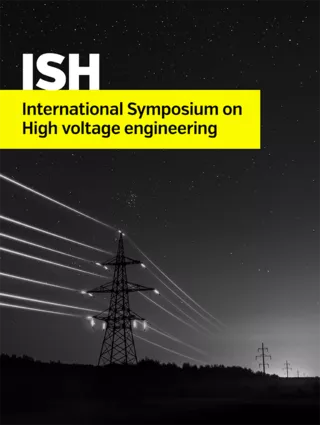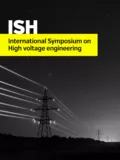Summary
The electricity supply is directly related to the quality of life and industrial growth of society, thus, the continuity of operation of the electric sector is essential in the modern world. Transmission lines are considered important parts of an electrical system, being responsible for the transportation of electric energy generated in power plants to the consumers. Accumulation of pollutants on the surface of insulators forms a layer that produces conductive solutions when in contact with mist, rain, dew or other sources of significant humidity. In these cases, the dielectric strength of the surface reduces, causing failure in electrical insulation systems. In the northern region of Brazil, the growth of biological films on insulator surfaces is very common. Many varieties of associated biological organisms, microalgae and fungi, commonly referred as slime, form a conductive layer that cause loss of creepage distance. In order to investigate the quantitative effects of biological pollution (microalgae and fungi) on leakage current of insulators in the northern region of Brazil, the present work proposes a method based on computational simulations for modeling phenomenon. Then, the researches correlate the values obtained through simulations with the results of laboratory measurements. Glass disk insulators, both clean and contaminated with biological pollution, were used as test objects. The contaminated insulators were removed from a substation, in Belém, Pará, Brazil. The computational simulations are based on the Finite Element Method and, as well as the laboratory measurements, were performed considering different humidity conditions, since this variable has a significant influence on the conductivity of the biological pollution. The simulations proved to be efficient and the presented results show that it is possible to accurately estimate the leakage current of this type of insulator under different humidity conditions and different levels of biological pollution through simulations. It is expected that after a detailed modeling of the biological film with its growth patterns and its influence on the insulator leakage current, it will be easier to understand the insulation compromise and flashover evolution mechanisms.
Additional informations
| Publication type | ISH Collection |
|---|---|
| Reference | ISH2017_357 |
| Publication year | |
| Publisher | ISH |
| File size | 699 KB |
| Pages number | 6 |
| Price for non member | Free |
| Price for member | Free |




